Home>Furniture & Design>Bathroom Accessories>How To Use Western Toilet Seat: Step-By-Step


Bathroom Accessories
How To Use Western Toilet Seat: Step-By-Step
Modified: May 6, 2024
Learn how to use a Western toilet seat with our step-by-step guide. Find the best bathroom accessories for a comfortable experience. Explore now!
(Many of the links in this article redirect to a specific reviewed product. Your purchase of these products through affiliate links helps to generate commission for Storables.com, at no extra cost. Learn more)
Introduction
Using a Western toilet seat is a routine part of daily life for many people around the world. Whether you are at home, in a public restroom, or at a friend's house, knowing how to use a Western toilet seat properly is essential for personal hygiene and comfort. While the process may seem straightforward, there are certain steps and considerations that can enhance the experience and ensure cleanliness.
In this comprehensive guide, we will walk through the step-by-step process of using a Western toilet seat, covering everything from preparation to proper hand hygiene. By following these guidelines, you can navigate this common aspect of modern sanitation with confidence and ease. So, let's delve into the details and learn how to use a Western toilet seat effectively.
Key Takeaways:
- Mastering the art of using a Western toilet seat ensures comfort and hygiene. From preparation to handwashing, following the steps promotes a seamless and pleasant restroom experience.
- Proper handwashing after using the toilet prevents the spread of germs and illnesses, contributing to a healthier environment for everyone. It’s a simple yet impactful daily ritual.
Read more: How To Use A Bidet Toilet Seat
Step 1: Prepare for Use
Before using a Western toilet seat, it's important to ensure that the environment is clean and conducive for a comfortable experience. Here's a detailed guide on how to prepare for using a Western toilet seat:
-
Check Cleanliness: Upon entering the restroom, take a moment to assess the cleanliness of the toilet seat and the surrounding area. If necessary, use toilet seat covers or disinfectant wipes to clean the seat before use. This simple step can help maintain hygiene and prevent the spread of germs.
-
Lift the Toilet Seat: In some cases, the toilet seat may be in the raised position. Gently lower the seat and ensure that it is securely in place before proceeding. This not only prevents any inconvenience but also contributes to a neat and organized appearance.
-
Ensure Ample Toilet Paper: Take a quick look to ensure that there is an adequate supply of toilet paper within reach. It's always better to be prepared beforehand to avoid any inconvenience during the process.
-
Adjust Clothing: Before sitting on the toilet seat, adjust your clothing to ensure comfort and convenience. This may involve lifting skirts or dresses, unbuckling belts, or adjusting the fit of pants. By doing so, you can ensure a smooth and hassle-free experience.
-
Maintain Balance and Stability: As you approach the toilet, ensure that you have a firm and stable footing. This is particularly important for individuals with mobility challenges. Holding onto nearby grab bars or sturdy fixtures can provide added support and prevent accidents.
By taking these preparatory steps, you can set the stage for a comfortable and hygienic experience when using a Western toilet seat. This initial preparation lays the foundation for a seamless and stress-free process, ensuring that you can proceed with confidence and ease.
Step 2: Sit on the Toilet Seat
Sitting on a Western toilet seat is a simple yet essential part of the overall experience. While it may seem straightforward, there are certain considerations that can contribute to comfort and proper hygiene. Here's a detailed guide on how to sit on a toilet seat effectively:
-
Position Yourself: Approach the toilet seat and position yourself directly in front of it. Ensure that your clothing is adjusted for convenience, and maintain a steady and balanced stance.
-
Lower Yourself Gently: Slowly lower yourself onto the toilet seat, aiming for a comfortable and stable position. It's important to lower yourself gently to avoid any sudden impact, which can cause discomfort or disrupt your balance.
-
Ensure Proper Alignment: As you sit on the toilet seat, ensure that your body is properly aligned for comfort and hygiene. Your posture should be natural and relaxed, with your feet resting comfortably on the floor if possible.
-
Maintain Stability: Throughout the process of sitting on the toilet seat, it's important to maintain stability and balance. Holding onto nearby grab bars or sturdy fixtures can provide added support, especially for individuals with mobility challenges.
-
Relax and Breathe: Once seated, take a moment to relax and breathe naturally. This can help create a sense of ease and comfort, allowing you to focus on the task at hand without unnecessary tension.
By following these simple yet important steps, you can sit on a Western toilet seat with ease and confidence. Proper positioning and alignment contribute to comfort, while maintaining stability is essential for safety. With these considerations in mind, you can navigate this aspect of personal hygiene smoothly and efficiently.
Step 3: Use Toilet Paper
Using toilet paper is an integral part of the process when using a Western toilet seat. It serves the essential purpose of maintaining personal hygiene and cleanliness. Here's a detailed guide on how to use toilet paper effectively:
-
Assess the Availability: Before proceeding, ensure that there is an adequate supply of toilet paper within reach. This may involve checking the nearby dispenser or ensuring that a spare roll is readily available. Having enough toilet paper ensures a seamless and stress-free experience.
-
Determine the Quantity: Depending on individual preferences and specific needs, determine the quantity of toilet paper required. It's important to strike a balance between using an adequate amount for thorough cleaning and avoiding excessive waste.
-
Proper Technique: When using toilet paper, it's essential to employ the proper technique for effective cleaning. This may involve folding the toilet paper to create a sturdy and efficient cleaning surface. Additionally, consider the use of multiple layers for added strength and comfort.
-
Thorough Cleaning: Ensure thorough and comprehensive cleaning by gently wiping with the toilet paper. It's important to maintain a gentle and careful approach to avoid any discomfort or irritation. Proper cleaning contributes to a sense of cleanliness and well-being.
-
Dispose of Used Paper: After use, carefully dispose of the used toilet paper in the designated receptacle. It's important to follow proper disposal practices to maintain cleanliness and hygiene in the restroom environment.
-
Optional Alternatives: In some cases, individuals may prefer to use moistened or scented toilet paper for added comfort and freshness. These alternatives can enhance the overall experience and contribute to a sense of cleanliness.
By following these guidelines for using toilet paper, individuals can ensure a hygienic and comfortable experience when using a Western toilet seat. Proper technique, adequate quantity, and thoughtful disposal practices contribute to a seamless and stress-free process, promoting personal hygiene and well-being.
Remember to always wash your hands thoroughly with soap and water after using the toilet to prevent the spread of germs and bacteria.
Step 4: Flush the Toilet
Flushing the toilet is a crucial step in maintaining cleanliness and ensuring proper sanitation in the restroom. It not only removes waste from the toilet bowl but also helps in preventing odors and maintaining a fresh environment. Here's a detailed guide on how to flush the toilet effectively:
-
Locate the Flush Handle or Button: Upon completing the use of the toilet, locate the flush handle or button, which is typically positioned either on the top of the toilet tank or on the wall nearby. Familiarizing yourself with the location of the flush mechanism ensures a seamless and efficient process.
-
Press or Pull the Flush Mechanism: Depending on the type of toilet, either press the flush handle or button or pull the lever to initiate the flushing process. Apply gentle pressure to activate the flush, allowing the water to flow into the toilet bowl and effectively remove the waste.
-
Ensure Complete Flushing: It's important to ensure that the toilet is thoroughly flushed, allowing the water to carry away all waste and toilet paper. This contributes to cleanliness and prevents any residual waste from accumulating in the bowl.
-
Observe the Flushing Action: As you flush the toilet, observe the swirling action of the water in the bowl. This visual indication confirms that the flushing process is effectively removing waste and refreshing the toilet bowl.
-
Listen for Proper Operation: While flushing, listen for the sound of water flowing into the bowl and the subsequent cessation of the flushing process. This auditory feedback confirms that the flush has been successfully completed.
-
Check for Proper Refilling: After flushing, listen for the sound of the toilet tank refilling with water. This indicates that the toilet is preparing for subsequent use, ensuring that it is ready for the next individual.
-
Close the Toilet Lid if Desired: For added hygiene and aesthetic appeal, consider closing the toilet lid after flushing. This simple act can help contain any potential odors and maintain a neat and tidy restroom environment.
By following these steps for flushing the toilet, individuals can contribute to the overall cleanliness and sanitation of the restroom. Proper flushing removes waste effectively, refreshes the toilet bowl, and prepares the toilet for subsequent use, ensuring a pleasant and hygienic experience for all users.
Read more: How To Use A Toilet Seat Cover
Step 5: Wash Your Hands
After using the toilet, washing your hands is a critical step in maintaining personal hygiene and preventing the spread of germs. Proper handwashing not only removes potential contaminants from your hands but also contributes to overall cleanliness and well-being. Here's a detailed guide on how to wash your hands effectively:
-
Turn on the Water: Approach the sink and turn on the water to a comfortable temperature. Adjust the flow to ensure a steady stream of water for thorough handwashing.
-
Apply Soap: Dispense an ample amount of soap onto your hands. Choose a soap that lathers well and effectively removes dirt and germs. The use of liquid soap is preferred for its ease of application and rinsing.
-
Lather and Rub: Rub your hands together to create a rich lather with the soap. Ensure that the lather covers all surfaces of your hands, including the backs, palms, fingers, and under the nails. This thorough lathering helps in effectively removing contaminants.
-
Scrub for at Least 20 Seconds: While lathering, scrub your hands for at least 20 seconds. This duration allows the soap to work effectively in removing dirt, bacteria, and viruses. Consider humming the "Happy Birthday" song twice to ensure an adequate scrubbing time.
-
Rinse Thoroughly: Hold your hands under the running water and rinse off the lather completely. Ensure that all traces of soap are washed away, leaving your hands clean and refreshed.
-
Dry Your Hands: Use a clean towel or a hand dryer to dry your hands thoroughly. Pay attention to drying between your fingers and around your nails to prevent any residual moisture.
-
Turn Off the Water: Once your hands are dry, use a paper towel to turn off the faucet if it does not have an automatic sensor. This prevents recontamination of your hands from the faucet handle.
-
Dispose of Used Paper Towel: If using a paper towel, dispose of it in the designated receptacle. Proper disposal helps in maintaining cleanliness in the restroom.
By following these steps for washing your hands, you can ensure proper hygiene and contribute to the prevention of illness and the spread of germs. Effective handwashing is a simple yet powerful practice that promotes personal well-being and the health of those around you.
Conclusion
Mastering the art of using a Western toilet seat is not just about fulfilling a basic bodily need; it's about embracing a routine that contributes to personal hygiene, comfort, and overall well-being. By following the step-by-step guide outlined in this comprehensive article, individuals can navigate the process with confidence and ease, ensuring a seamless and hygienic experience.
From the initial preparation, including assessing cleanliness and ensuring ample toilet paper, to the act of sitting on the toilet seat with proper alignment and stability, each step plays a crucial role in promoting comfort and maintaining hygiene. The use of toilet paper, with a focus on proper technique and thoughtful disposal, further enhances the sense of cleanliness and well-being.
Flushing the toilet effectively not only removes waste but also contributes to the overall sanitation of the restroom environment. By observing the flushing action and ensuring proper refilling, individuals can actively participate in maintaining a fresh and inviting space for all users.
The final step of washing hands is a fundamental practice that goes beyond personal hygiene. It serves as a powerful tool in preventing the spread of germs and illnesses, contributing to a healthier and safer environment for everyone. Proper handwashing is a simple yet impactful act that should be embraced as a daily ritual.
In conclusion, the process of using a Western toilet seat encompasses more than just the physical actions; it embodies a commitment to personal hygiene, consideration for others, and the cultivation of a clean and welcoming environment. By incorporating the guidelines and best practices outlined in this guide into daily routines, individuals can elevate their restroom experiences, promote cleanliness, and contribute to a healthier and more hygienic world for all.
Now that you've mastered using a Western toilet seat, why not tackle the next challenge? For those navigating the adventures of parenting, transitioning toddlers from diapers to the toilet is a significant step. Dive into our article on the best potty training toilets for 2024, which outlines practical solutions to ensure your little ones gain confidence and independence in no time!
Frequently Asked Questions about How To Use Western Toilet Seat: Step-By-Step
Was this page helpful?
At Storables.com, we guarantee accurate and reliable information. Our content, validated by Expert Board Contributors, is crafted following stringent Editorial Policies. We're committed to providing you with well-researched, expert-backed insights for all your informational needs.
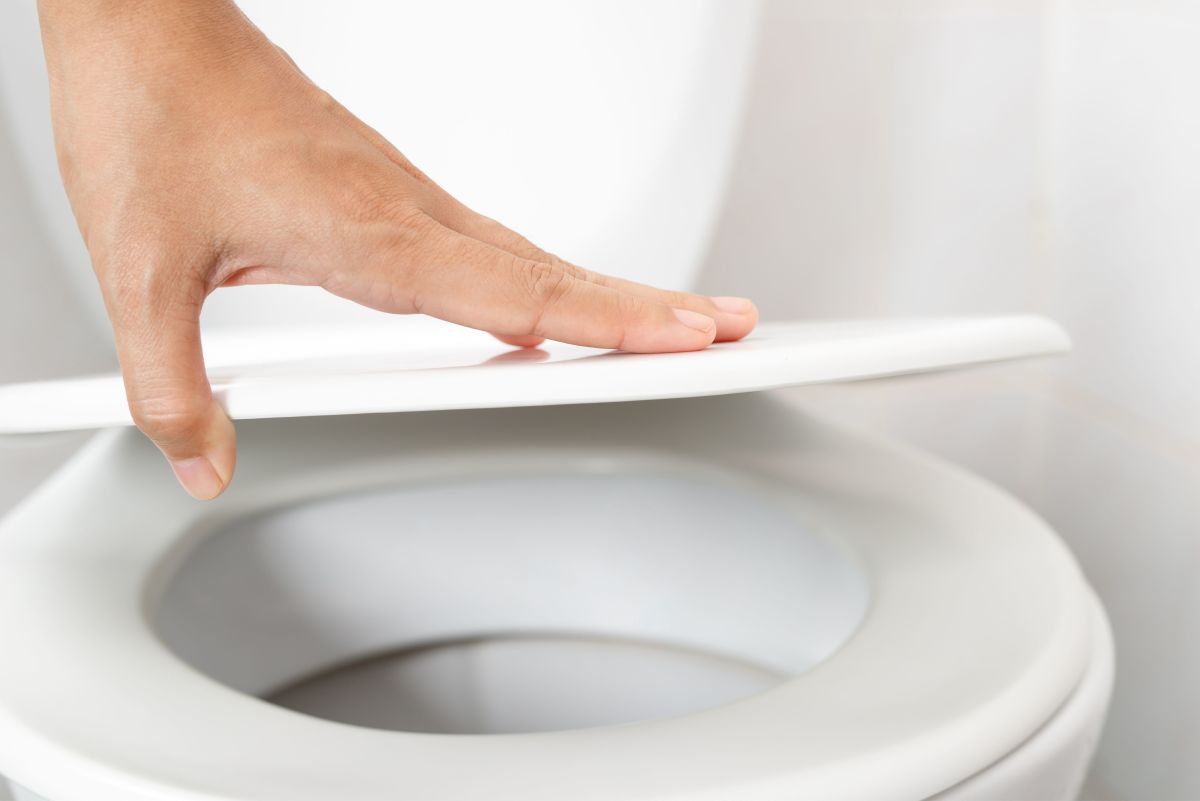
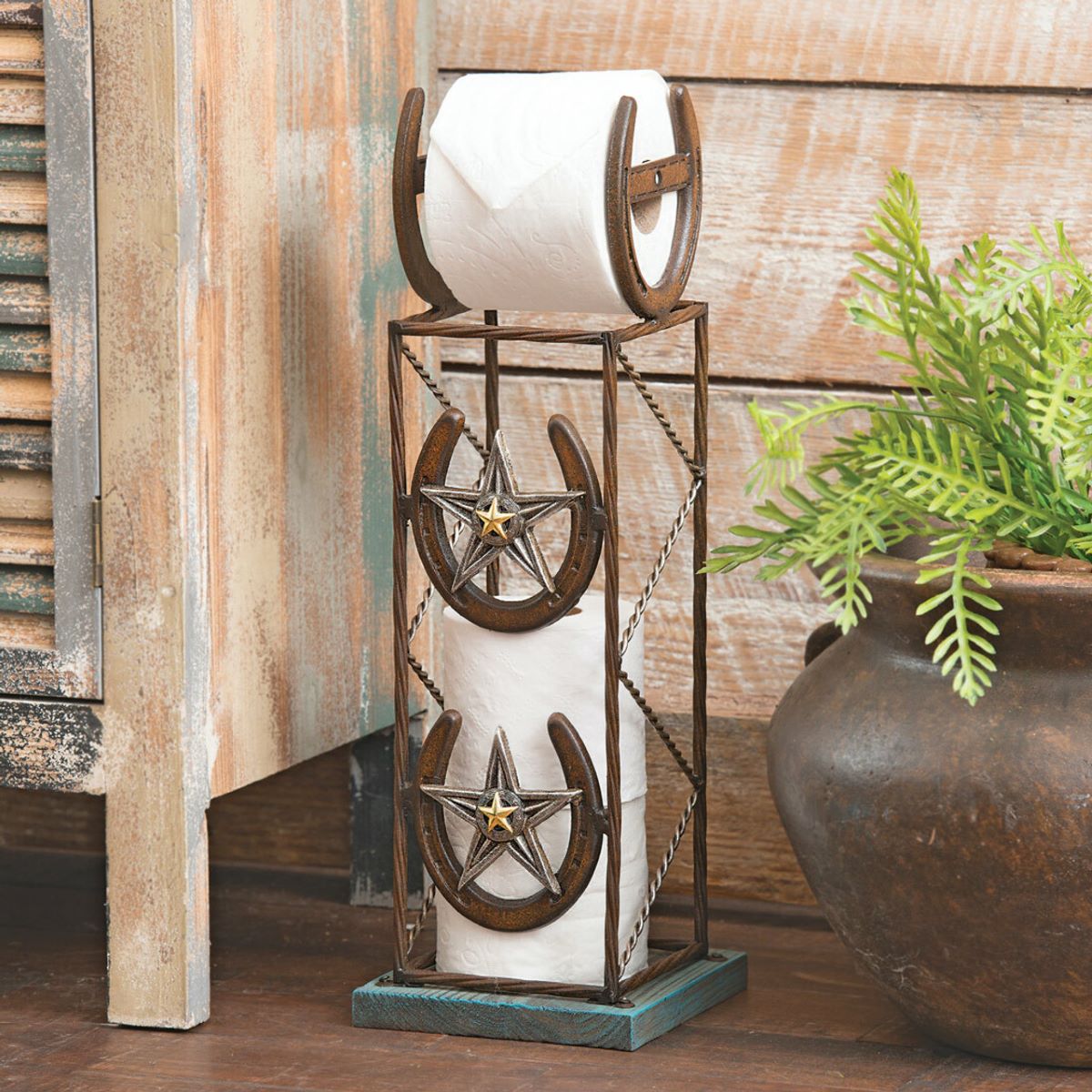
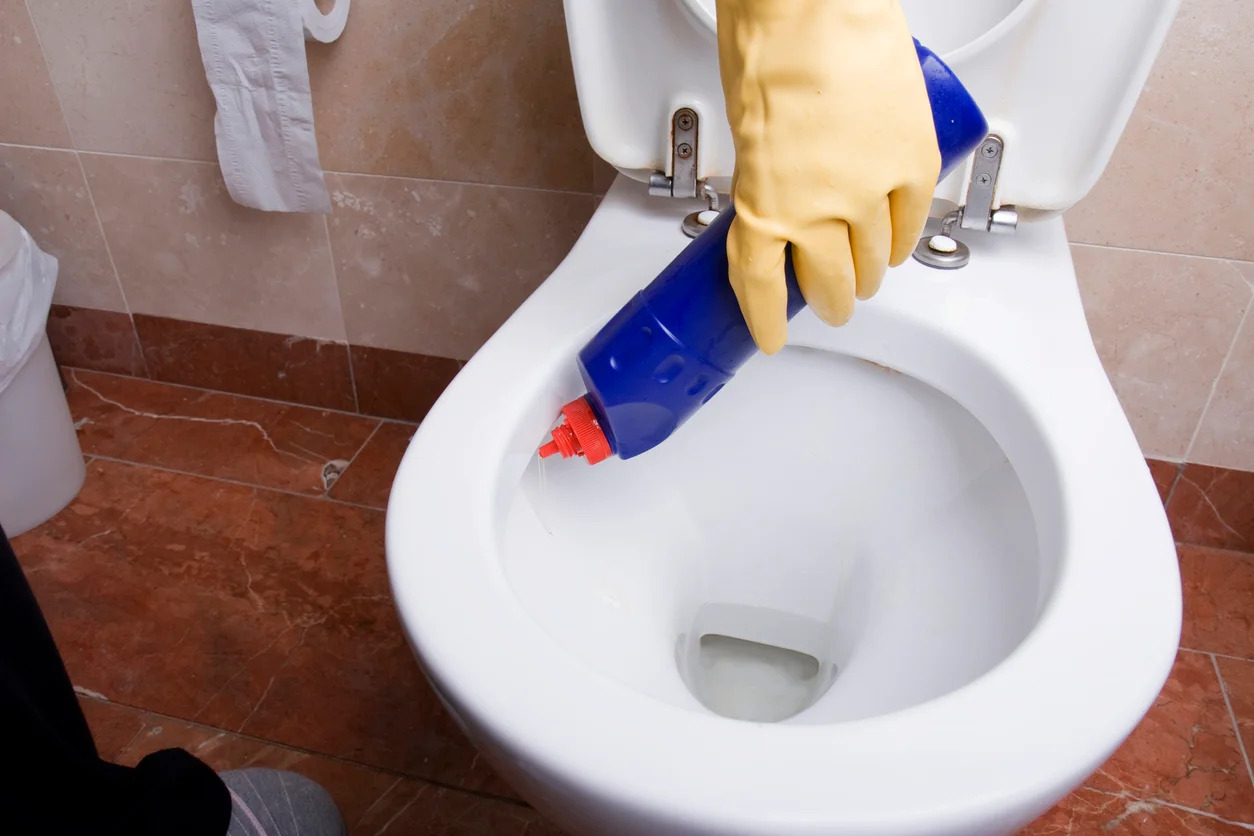
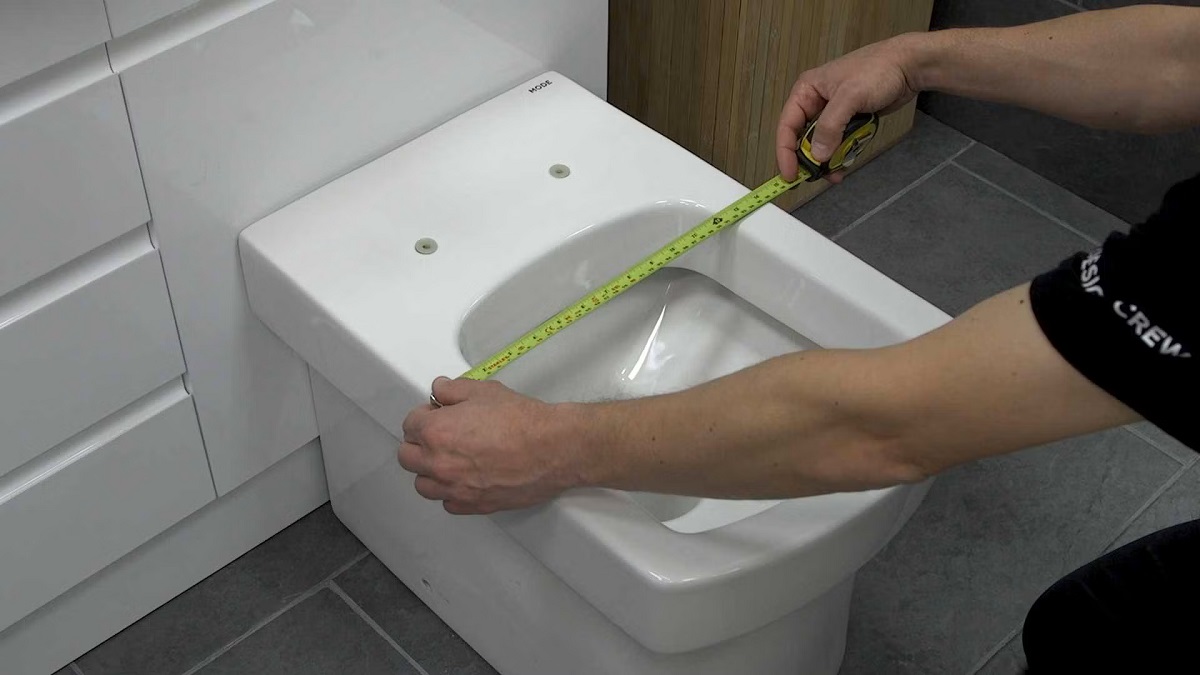
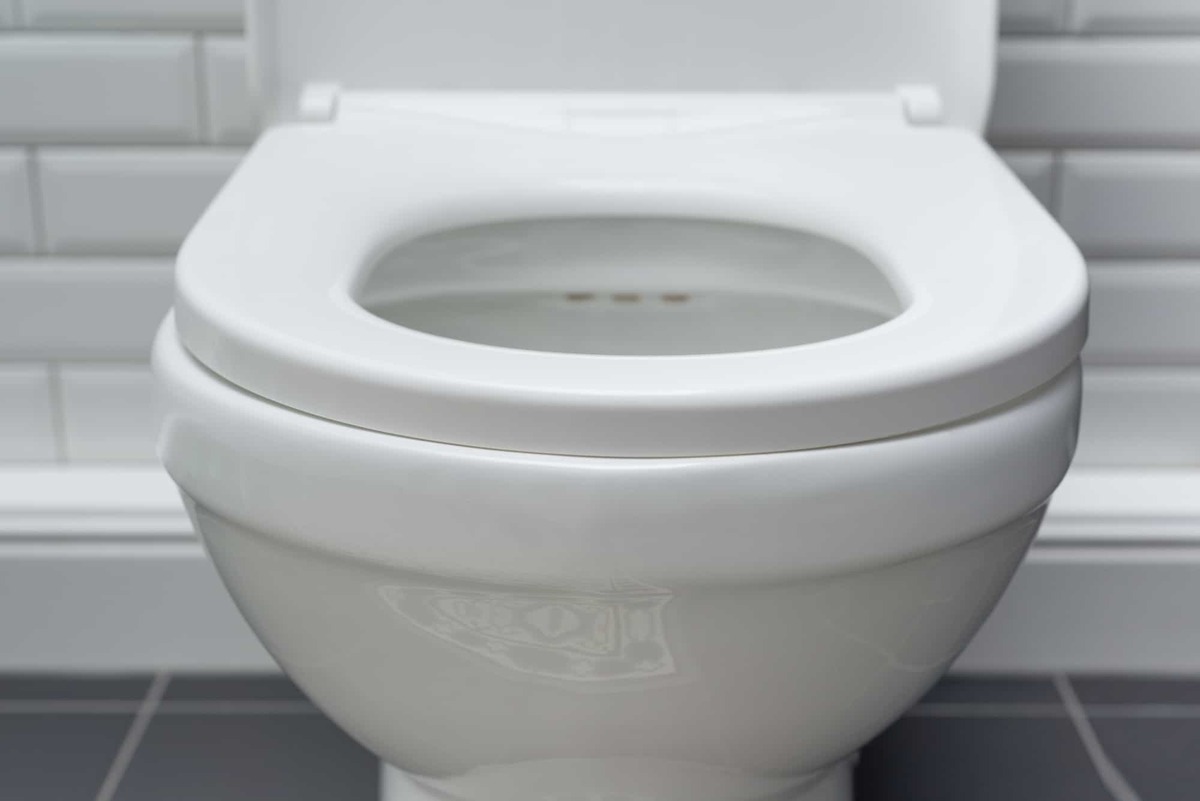
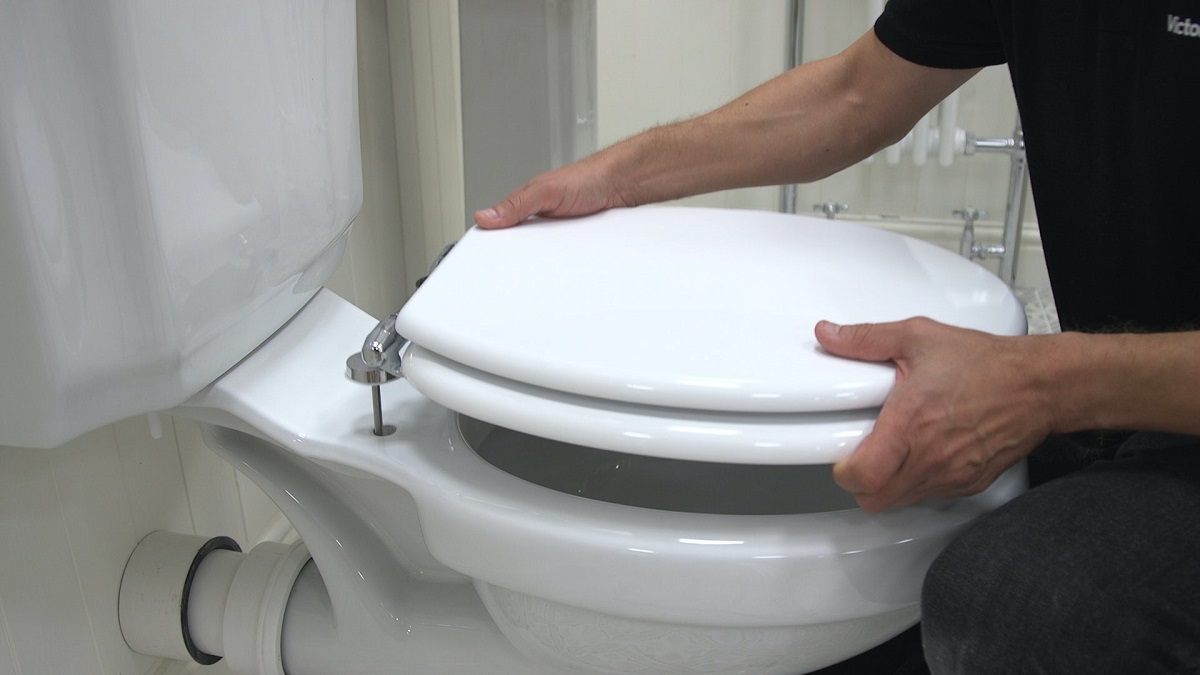
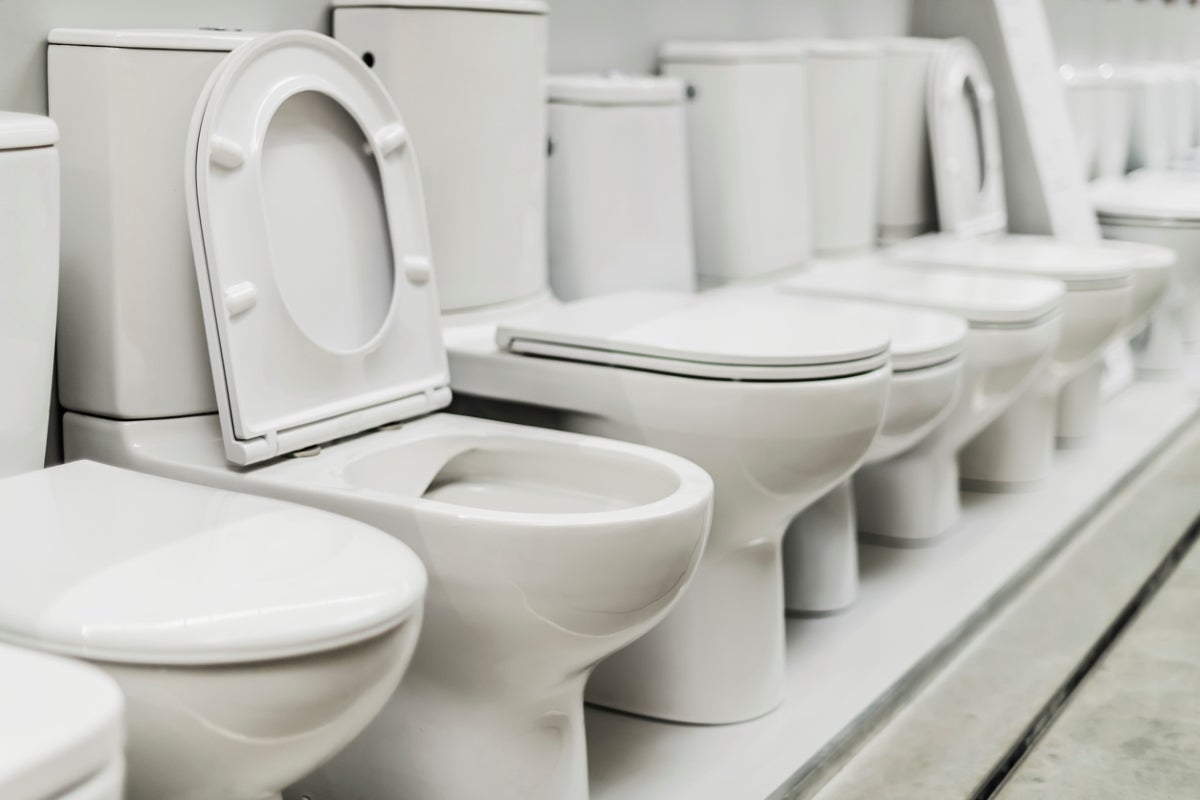
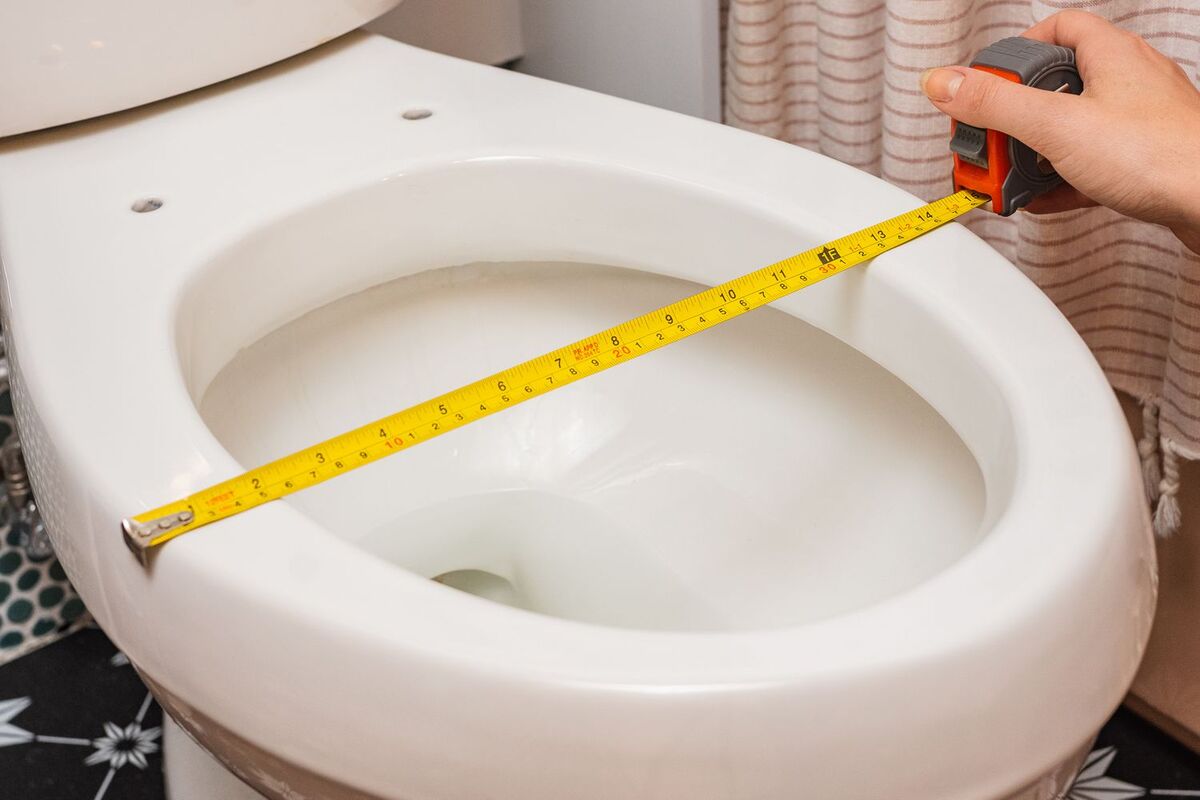

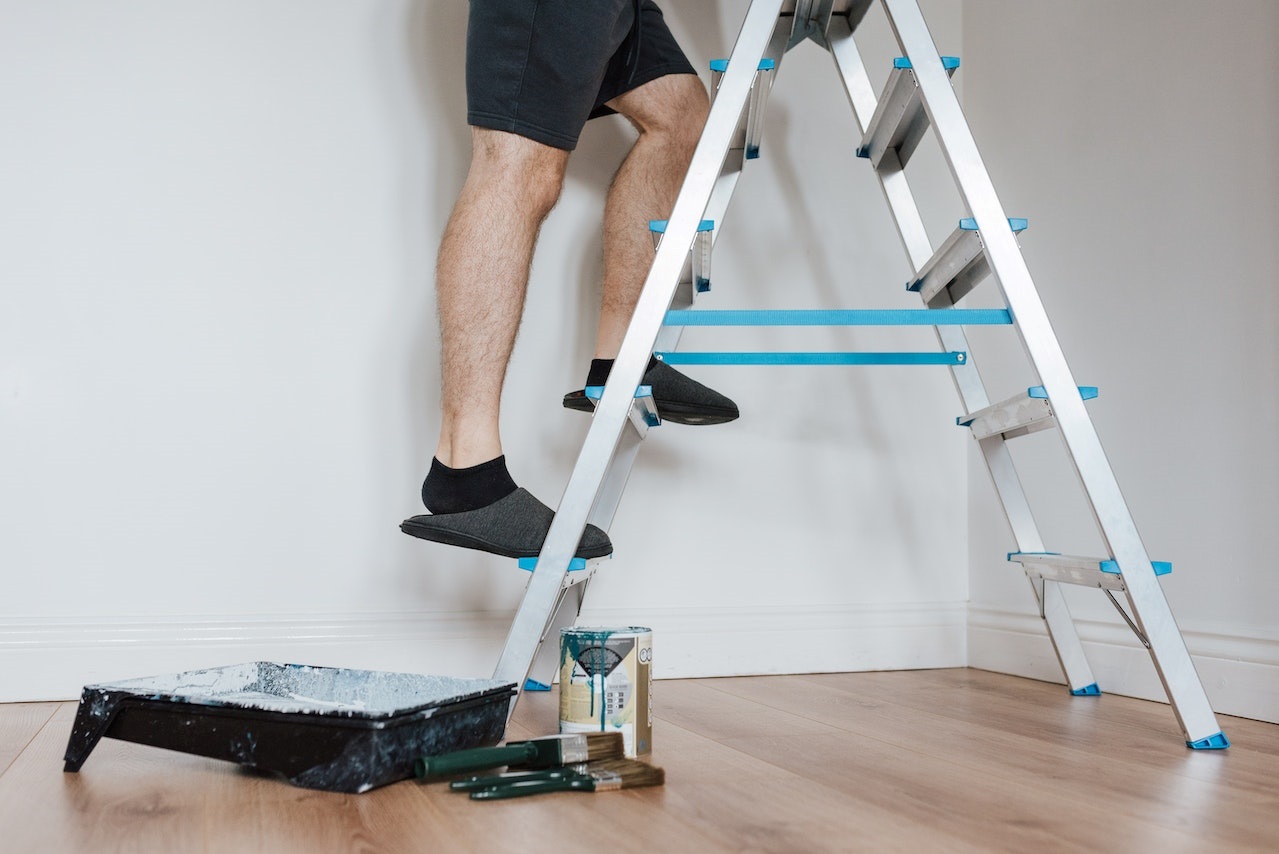
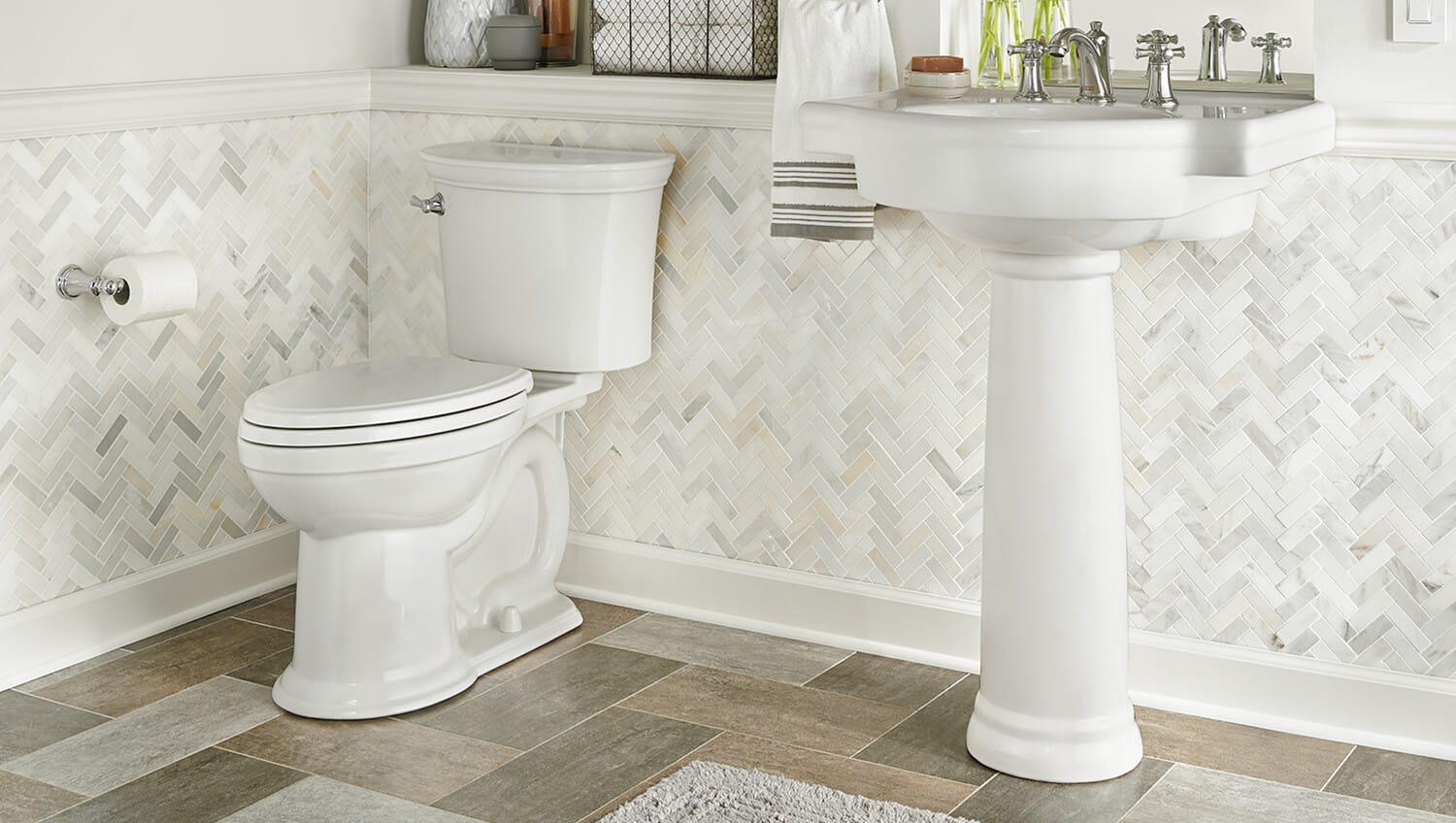
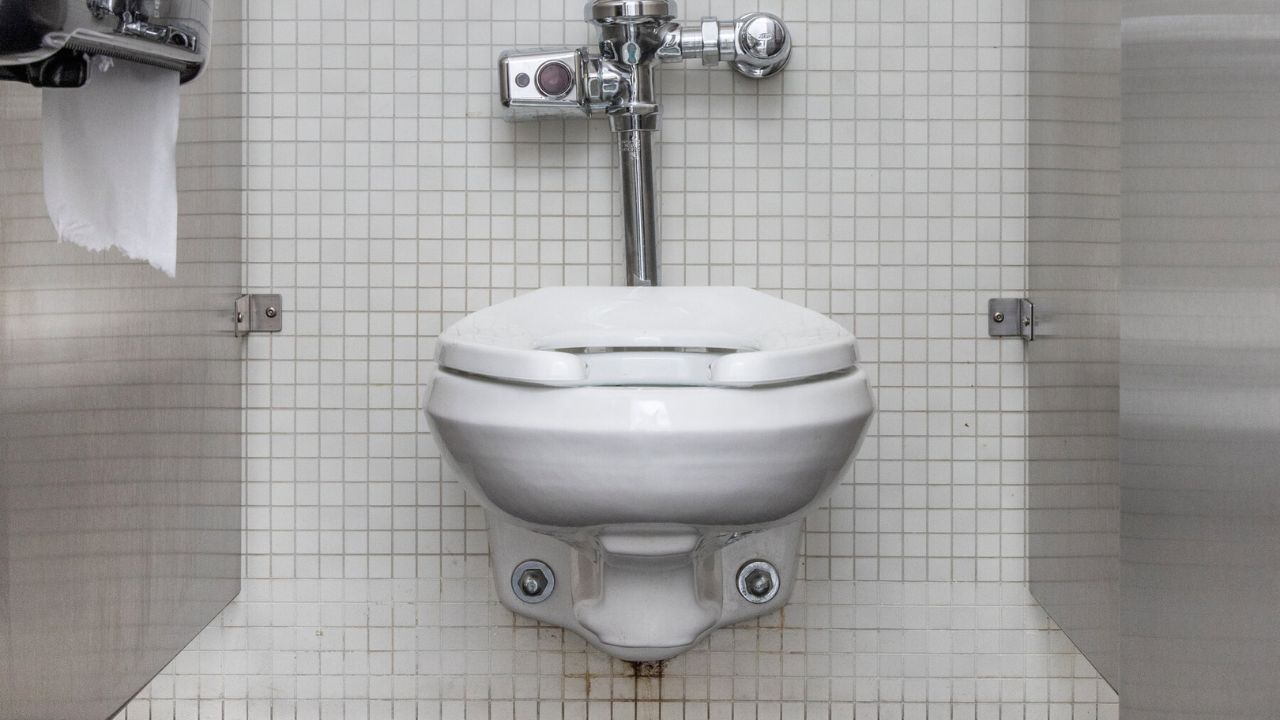
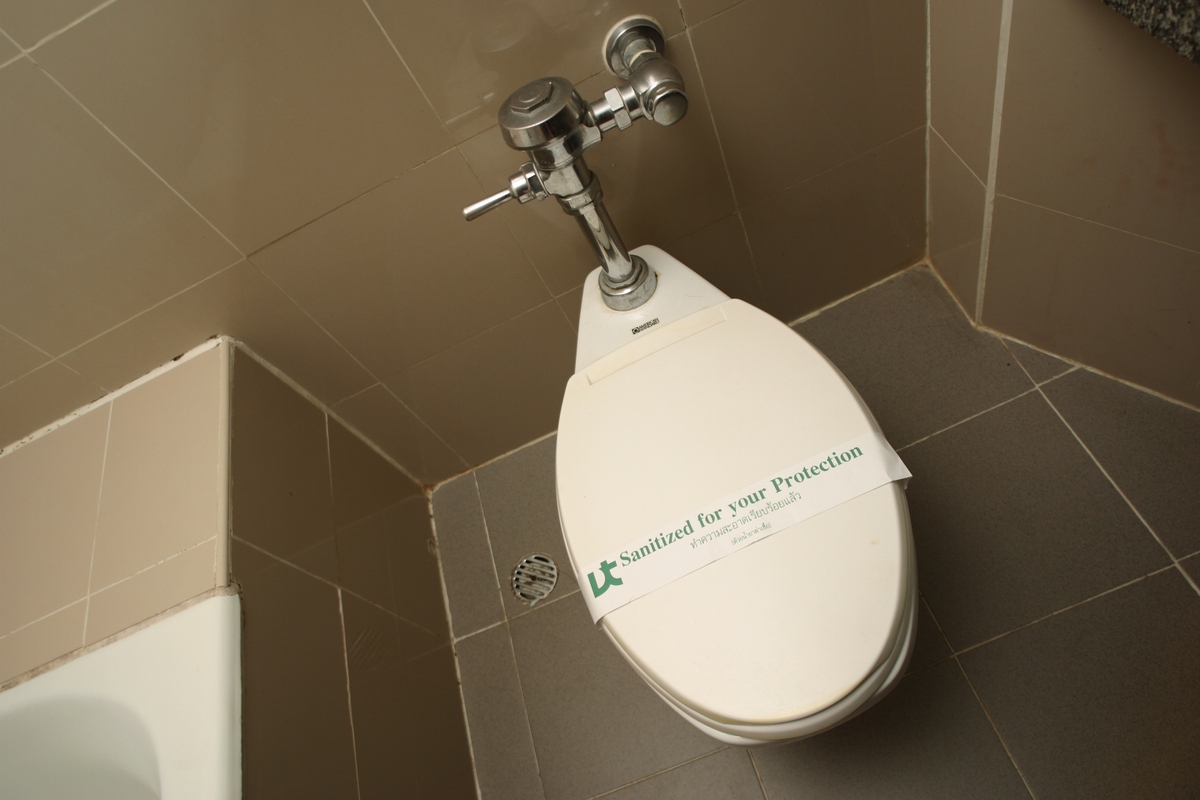
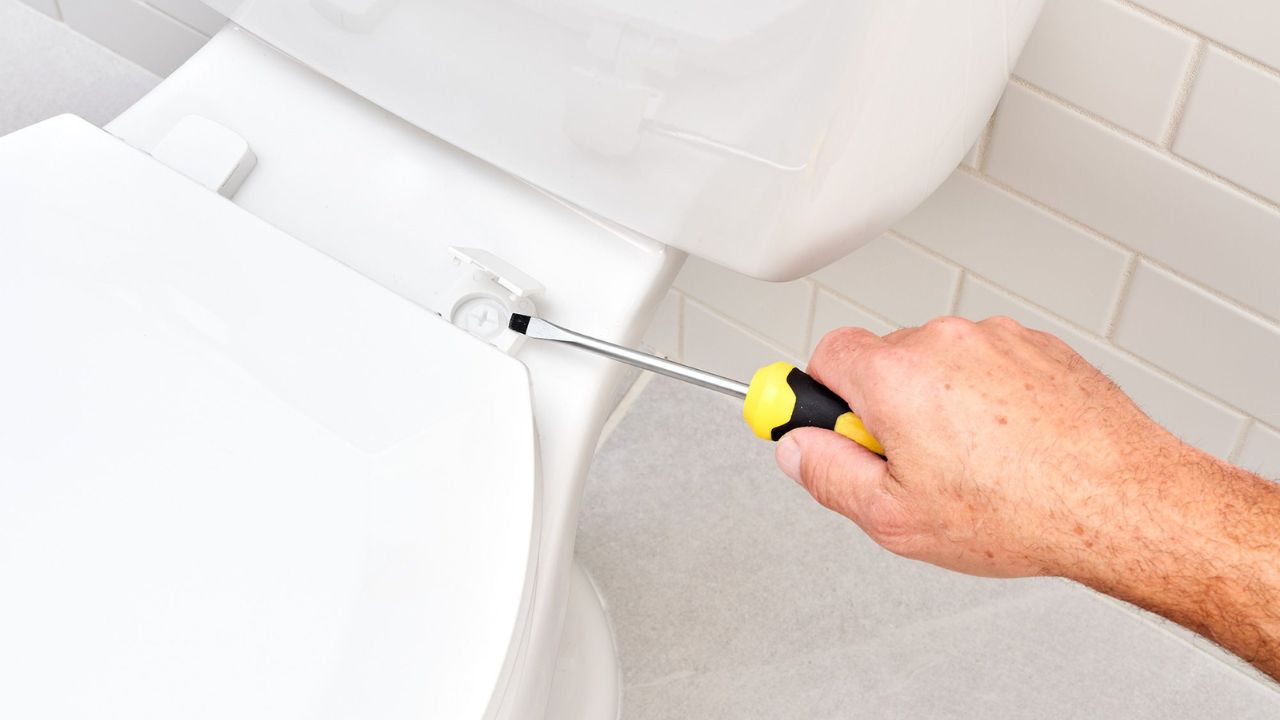

0 thoughts on “How To Use Western Toilet Seat: Step-By-Step”